THE EXHIBITION BY THE SINGAPOREDESIGN COUNCIL (DSG) BROUGHT WORKS FROM SIX TEAMS OF PROMINENT SINGAPOREAN DESIGNERS SEEKING FOR THE IDEAL BALANCE OF AESTHETICS AND SUSTAINABLE INNOVATION
TEXT: PRATCHAYAPOL LERTWICHA
PHOTO CREDIT AS NOTED
(For Thai, press here)
Singapore has established itself as a leading global financial hub, home to numerous innovative tech companies, and a highly ordered society that many countries aspire to achieve. But these aren’t the only things this small island below Malaysia has to offer, as the country is a creative hotspot for some incredibly talented designers.
Future Impact is an exhibition presented by the Design Singapore Council (DSG) as a platform to promote Singaporean designers’ abilities and creative ideas to a global audience. The exhibition asks six teams of prominent designers, Gabriel Tan, Nathan Yong, Studio Juju, Tiffany Loy, Viewport Studio, and Forest & Whale, to develop works under the theme ‘Future Impact’ in an attempt to discover the ideal balance of aesthetics and sustainable innovation. Following the exhibition’s debut at Milan Fashion Week in April 2023, the Design Singapore Council brought Future Impact back home for the people of Singapore and the Southeast Asia region to experience as part of Singapore Design Week 2023.

Future Impact exhibition in National Design Center, Singapore | Photo courtesy of DesignSingapore Council
Tony Chambers, the exhibition’s curator and the mind behind this exhibition, has an extensive background as the Editor-in-Chief of Wallpaper* and the art director of the British GQ before launching his own creative agency, TC&Friends.

Tony Chambers and Maria Cristina Didero, the exhibition’s curators | Photo courtesy of DesignSingapore Council
“This exhibition was initiated by DesignSingapore Council to broadcast Singaporean design talents,” said Tony about the concept and origin of the exhibition. “Maria Cristina Didero, my co-curators of this exhibition, and I picked Future Impact as a main theme because looking at the future and technology and being conscious of the impact that we all have on the planet are two things that relate to the broader goals and projections of Singapore. But I would say that these are also two of the most important topics that everybody, especially designers, is addressing now. We are questioning how to deal with technology or how to use technology to benefit society in the best possible way.”
As an appetizer before seeing the actual exhibition, here are brief introductions of the works and ideas presented by the participating designers.
Gabriel Tan – Aiming for Peace: The Carnation Lamp

Gabriel Tan | Photo: Inês Sá

Aiming for Peace: The Carnation Lamp | Photo courtesy of Gabriel Tan Studio
The Flower Power movement, which emerged during the 1960s and 1970s, gained recognition for its use of flowers as powerful symbols of peace and passive resistance. Inspired by the movement, Gabriel Tan designed a floor lamp that resembles a blooming flower, emanating a beam of hope. The lamp’s eco-friendly features are the result of clever use of waste materials, including its ash wood base, which is made from furniture production offcuts, the recycled steel pipe stem, and the 3D-printed lampshade made from recycled plastic.
Nathan Yong – Bent Onyx

Nathan Yong | Photo courtesy of Nathan Yong Design
Compared to other types of stones, onyx is relatively fragile and delicate. Nathan Yong’s design crafts onyx into thin sheets, which are then assembled into a stunning collection of sculpture-like furniture. The incorporation of a special manufacturing technology also helps to reduce waste during the production process, allowing for a more effective approach to resource conservation.
Studio Juju – OO Collection
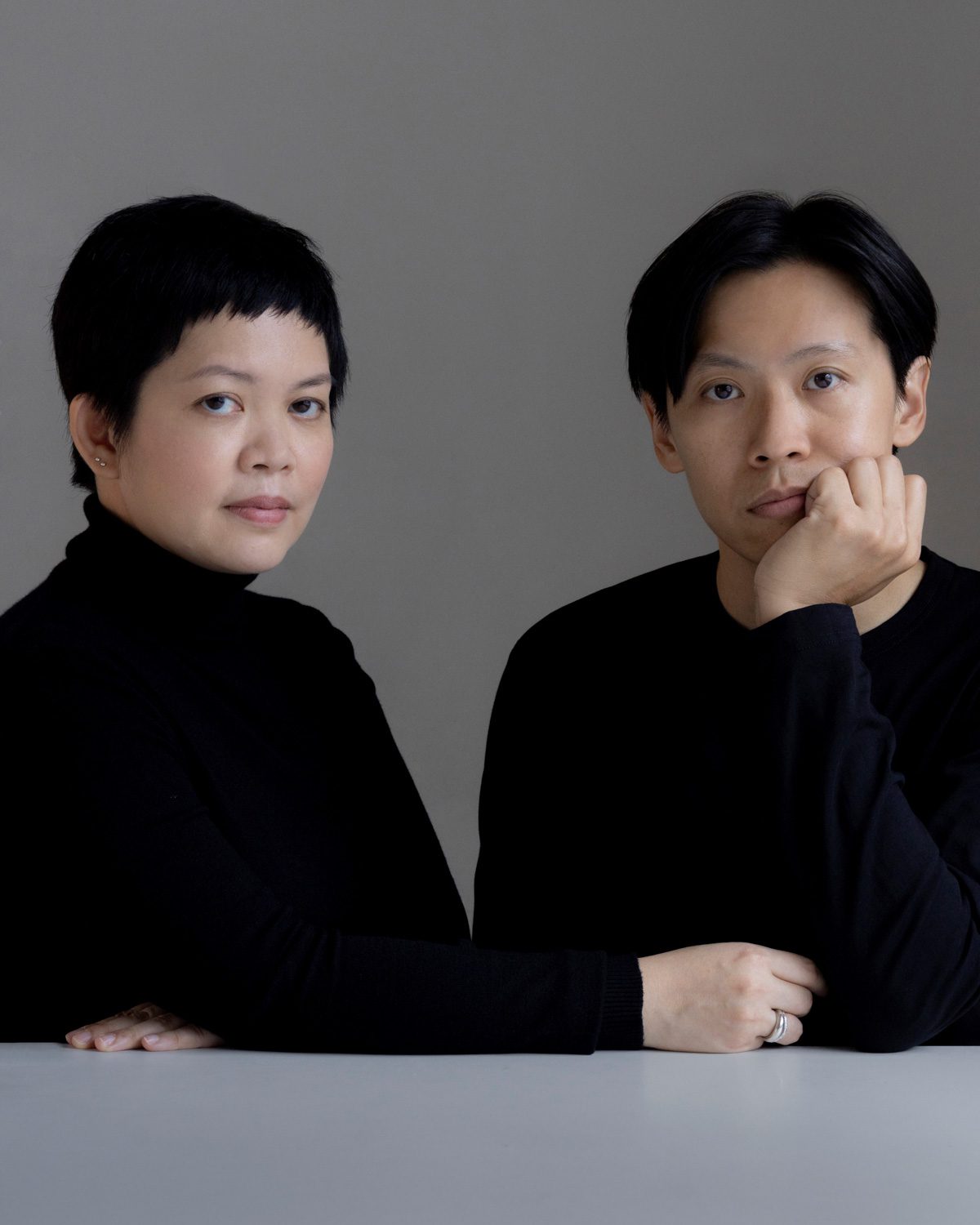
Studio Juju | Photo courtesy of Don Wong

OO Collection | Photo courtesy of Studio Juju
Studio Juju has created the OO collection, which features five sculptural objects. The collection does not provide any specific information about their functional purpose, leaving it up to viewers and users to interpret the works. The stone slabs punctuated with circular holes used in each piece are made from an ultra-compact material whose entire life cycle is carbon-neutral.
Tiffany Loy – Building Futures Line by Line

Tiffany Loy | Photo: Fabian Ong
Textiles have been an integral part of human civilization since ancient times. What will and can textiles evolve into? Tiffany Loy, a textile designer, is partnering with the Digital Manufacturing and Design Centre (DManD) at Singapore University of Technology and Design. Their collaboration aims to create innovative automated textile construction processes for additive manufacturing. By integrating weaving and knitting techniques with digital technology, they are able to produce flexible 3D forms using multiple materials. This innovative approach addresses a current limitation in the available options for 3D printing.
Viewport Studio – Rinnovare

Voon Wong from Viewport Studio | Photo courtesy of Viewport Studio

Rinnovare | Photo courtesy of DesignSingapore Council
Many designers have been highly enticed by the progressive development of AI technology. They are eager to explore the possibilities it offers, and Viewport Studio is among the design studios that have boarded the AI train. The studio creates two sculptural room divider screens using discarded metal parts. One of the screens is designed based on conversations with a human manufacturer, while the other is generated using AI (Chat GPT). The purpose of this work is to stimulate discussions about the future impacts of AI on humanity.
Forest & Whale – Wallflower
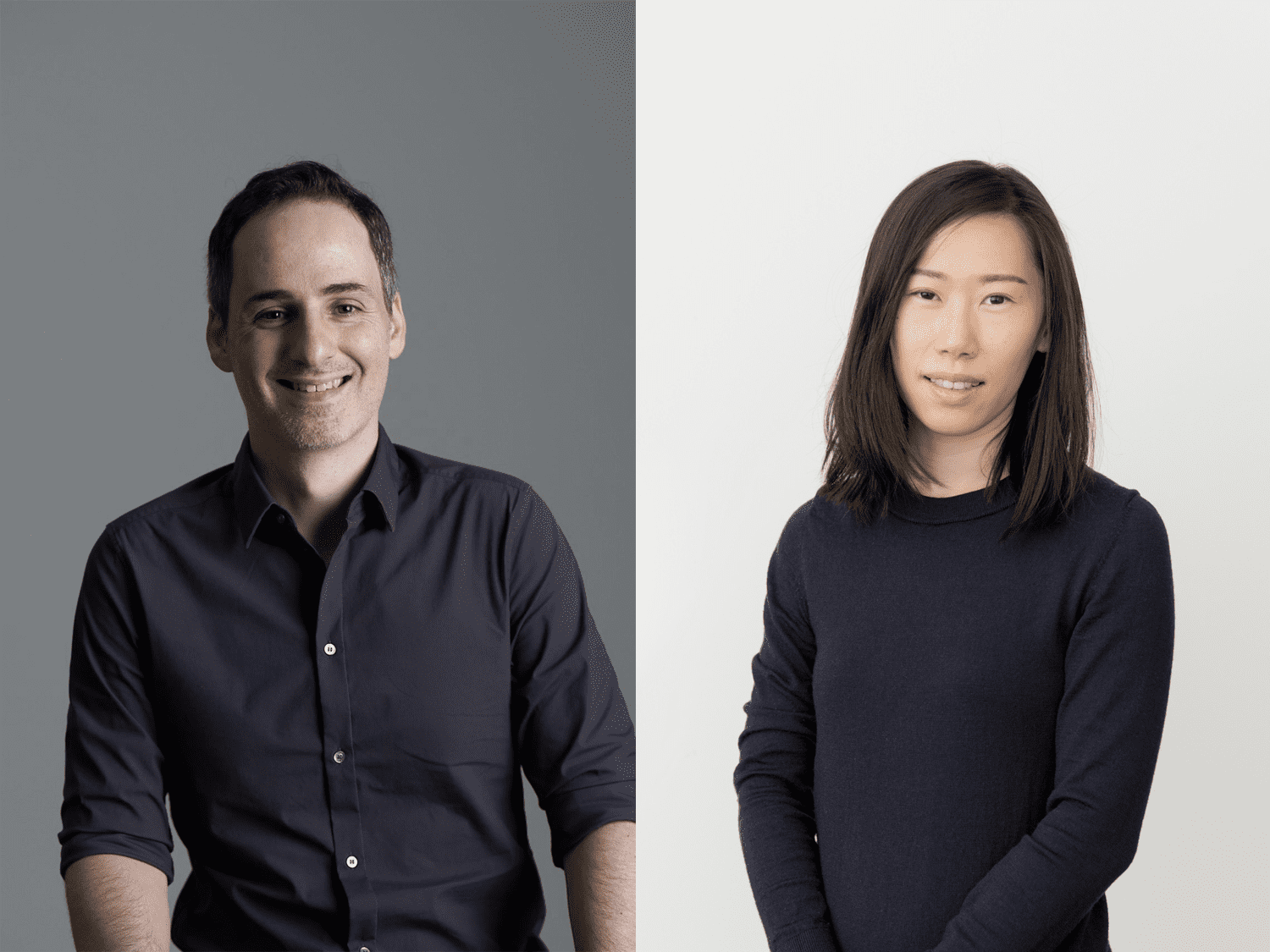
Gustavo Maggio and Wendy Chua from Forest & Whale | Photo: (left) Dju-Lian Chng (right) Michelle Mantel
Forest & Whale, motivated by their passion for circular resources, have created an innovative interactive wall poster. This unique design features numerous multicolored chips that are embedded with seeds. The chips on the poster can be easily removed, planted, and grown into real plants. The work focuses on the constructive utilization of resources through the growing of edible plants and kitchen gardens that bring people closer to nature. The studio collaborated with Fab.Pub to create limited-edition 3D-printed vases. These vases feature unique designs with low-relief surfaces, adding an extra level of appeal and interest to gardening.

Wallflower | Photo courtesy of Forest & Whale
“Singapore is a relatively new country. Its emphasis was not initially on creativity but rather on practical solutions. But at the moment, the country and its people have become more interested in aesthetics, poetic elements, and creativity,” Tony answered when asked about what makes Singaporean designers distinctive and different. “The younger generation of designers have been raised in an increasingly creative environment compared to previous generations. However, the focus on developing highly efficient individuals with strategic thinking remains deeply ingrained in the country’s education system and the way people are brought up. Singaporean designers, therefore, possess a unique blend of strategic, logical thinking, and creativity, making them a powerful force in their field. These qualities set them apart and give their works a distinct flavor.”
The ‘Future Impact’ exhibition is currently open to the public for free at the National Design Center in Singapore until October 31st, 2023. Experience firsthand the incredible talents of Singaporean designers and witness their visionary perspectives on the future of the world.

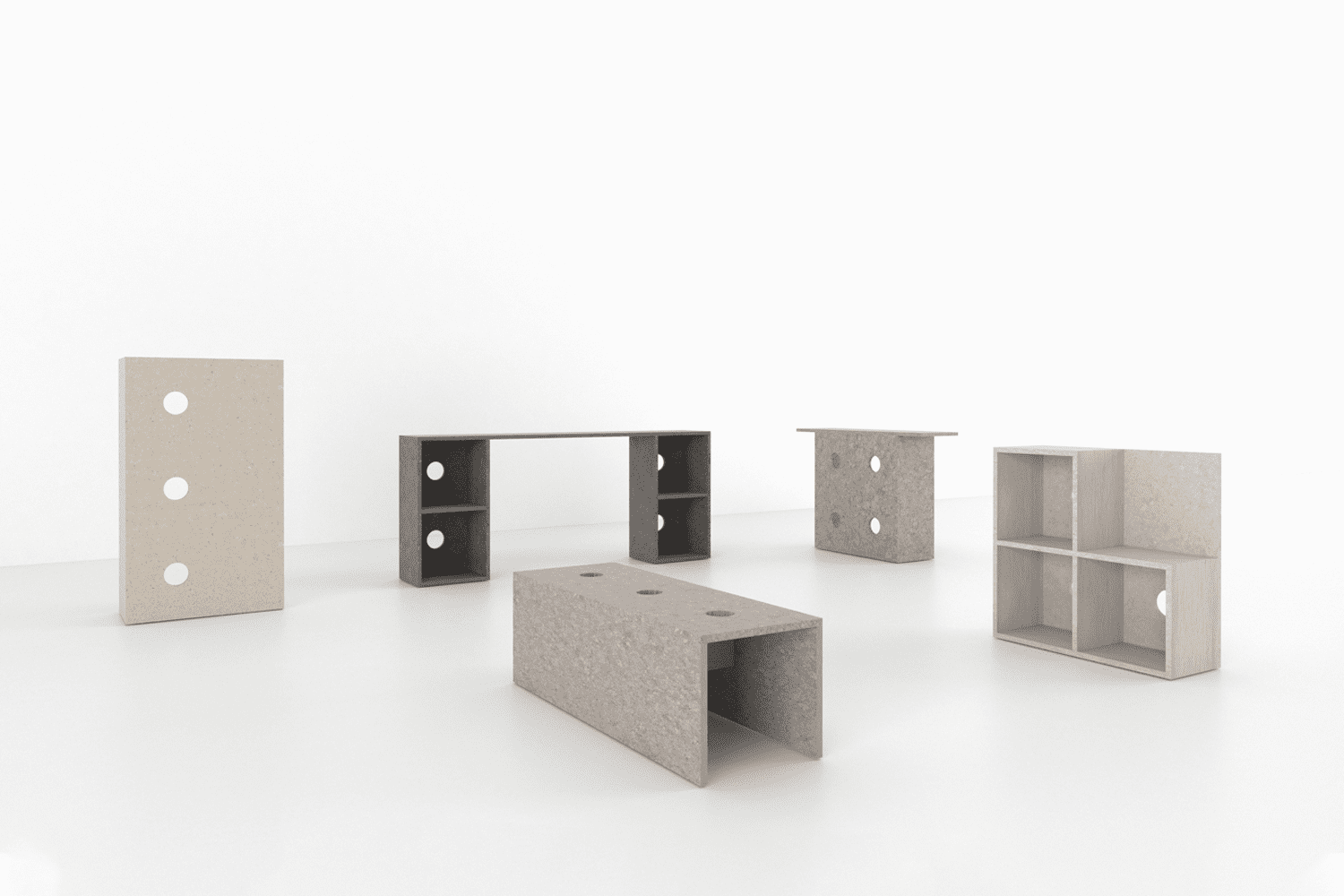








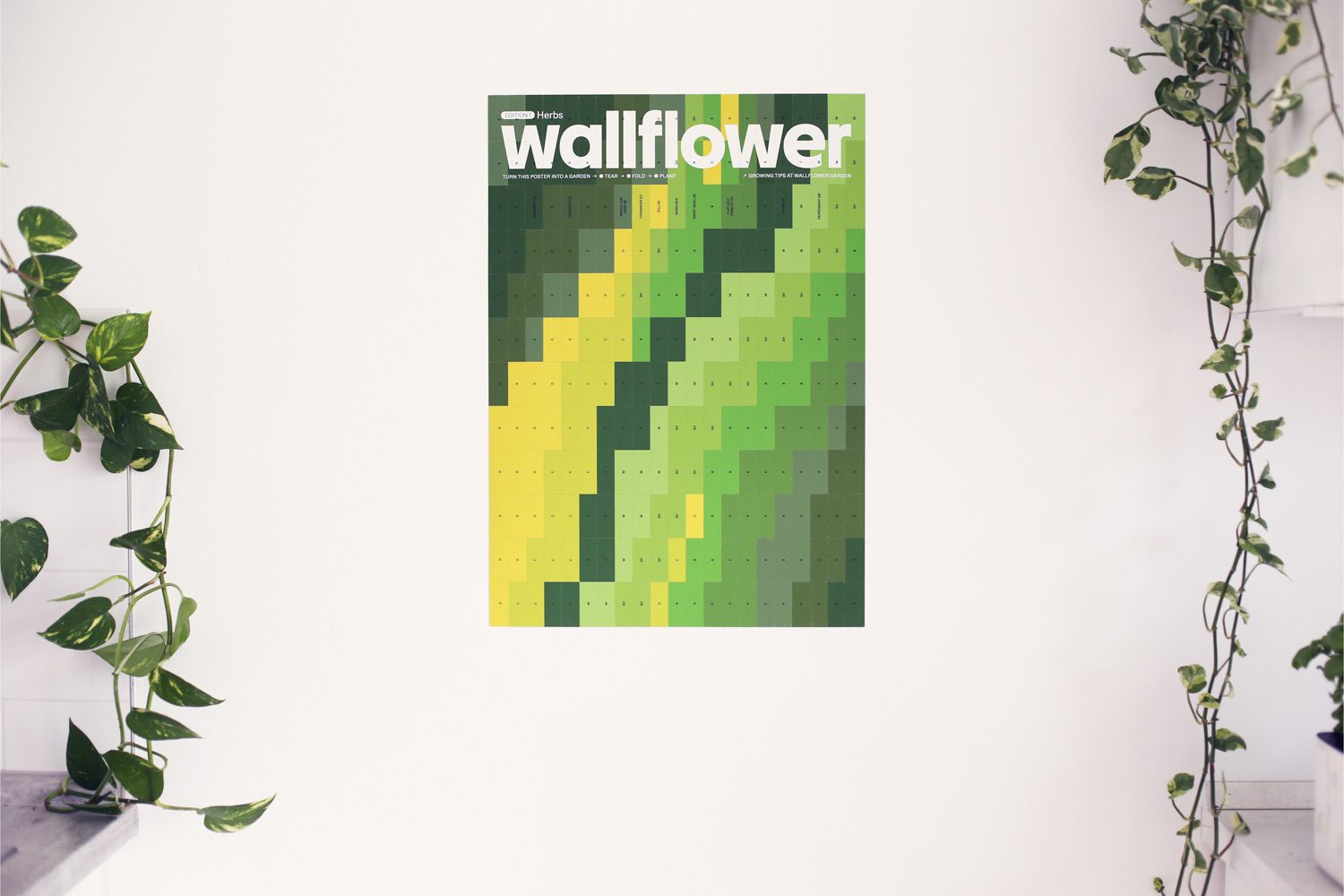

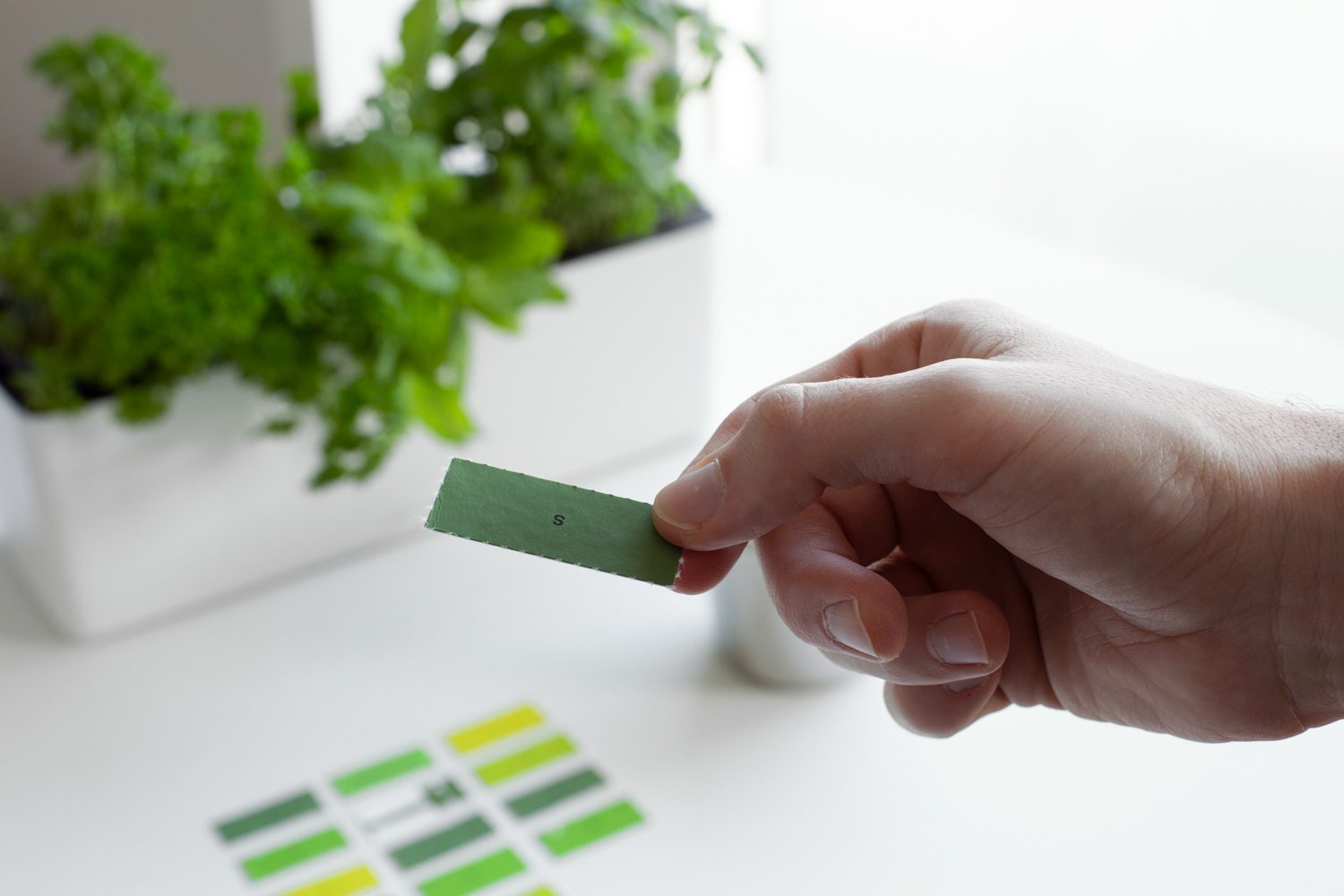
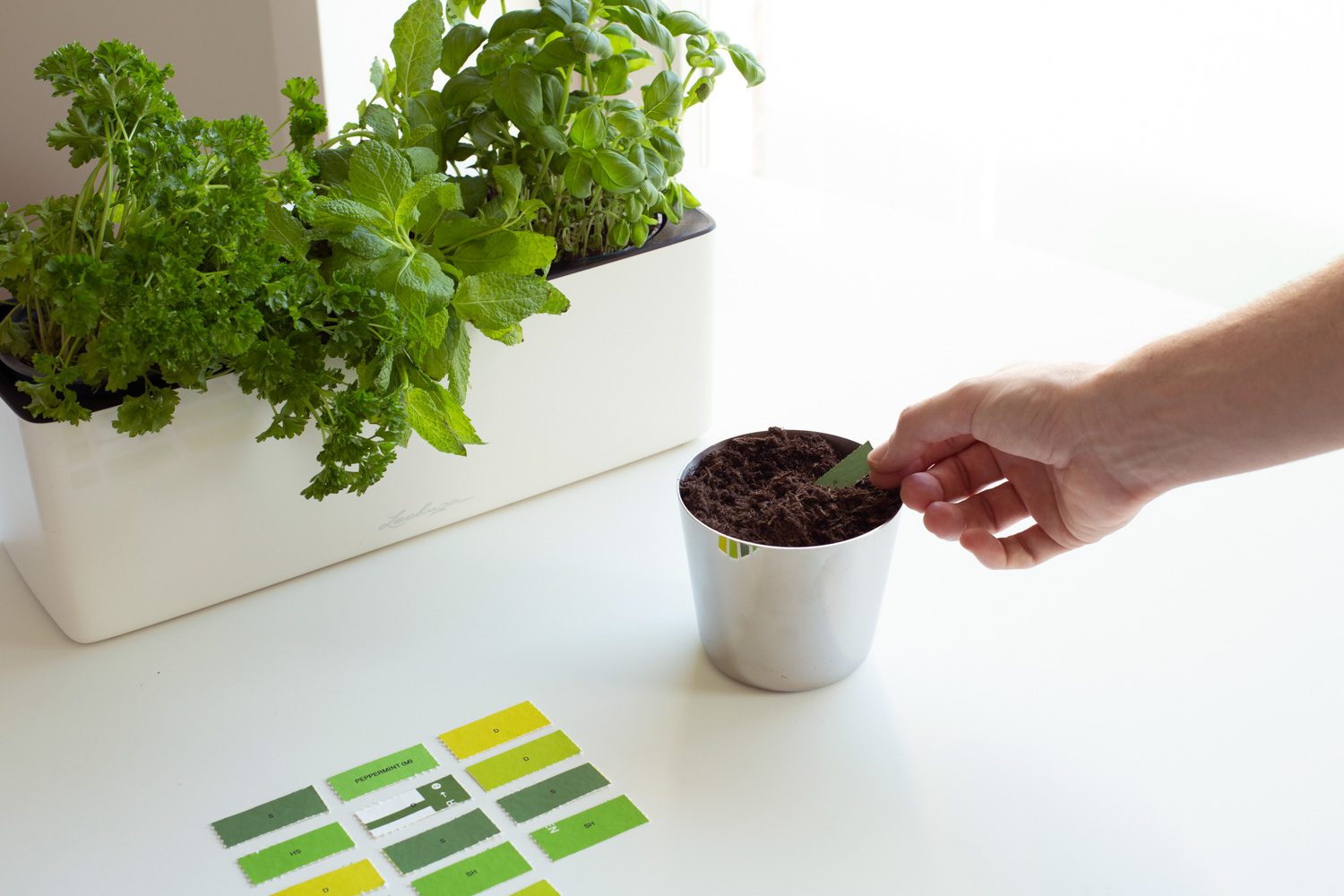

1 Comment